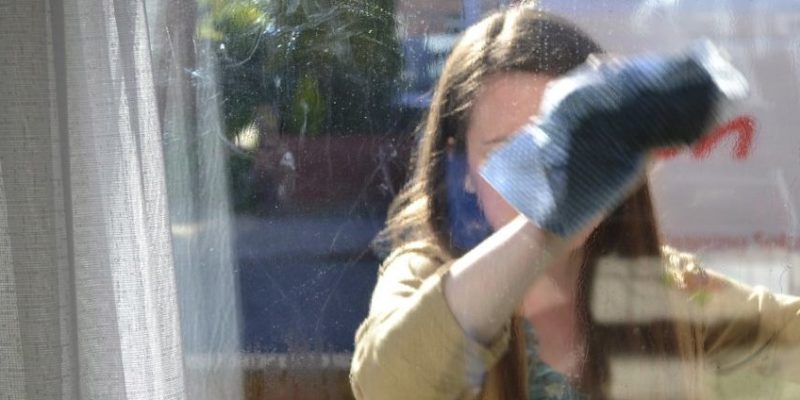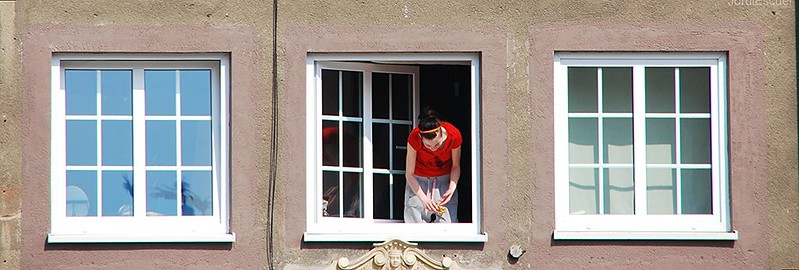Arguably the most popular material for modern windows is unplasticised Poly-Vinyl-Chloride, or uPVC. It’s robust, inexpensive, and lasts for years with minimal maintenance. To keep yours looking spotless, you only need give it the occasional wipe down with a damp cloth.
Over time, however, certain sorts of uPVC are prone to discolouration. Those brilliant white frames, if exposed to the elements for long enough, will turn an unsightly shade of yellow. In this article, we’ll take a look at the problem, why it happens, and see whether there’s anything to be done once your uPVC has gone yellow.
What Causes uPVC to Turn Yellow?
There are several things which can cause uPVC to turn yellow, but the likeliest culprit is exposure to UV light. You might notice that your windows aren’t so yellow in places where the sunlight is restricted (your south-facing windows, for example, might be most affected).
One of the major advantages of uPVC is that it’s recyclable, and therefore environmentally friendly. But it’s for this reason that not all uPVC windows are created equally. If your window has been made using extra plasticizing agents and pigments, then it might be more vulnerable to discolouration.
How Not to Whiten Yellowed uPVC Windows
Having identified the problem, we’re left with the question of how to make yellow uPVC white again. You might be tempted by several common cleaners, some of which are to be avoided at all costs. Two offenders in particular stand out:
Bleach might seem a sensible option for cleaning yellowed uPVC. It turns things white, doesn’t it? Why shouldn’t it do the same to your window frames?
Unfortunately, it’s not that simple; bleach will react with the PVC and turn it a disastrous shade of brown. If you use it, even in diluted form, you can expect a total catastrophe that can only be fixed by replacing the entire window.
Sandpaper might also seem a sensible option. If the top layer is discoloured, then surely all we need to do is scrape it away to reveal the whiteness beneath. Again, this is a misunderstanding of how uPVC works – the topmost, glossy surface is created as the plastic is manufactured – the interior of the material is quite different. It’s dull, and won’t repel water or stains in the same way. If you sand your uPVC window, you will ruin it.
How Do You Clean Yellow uPVC Windows?
Depending on the nature of the staining, you might have some luck with more gentle cleaning solutions. Baby wipes have been known to lift away some stains, and make a good first point of call if you have access to them. Household cleaners like CiF should be regarded with some caution; be sure to check the bottle doesn’t contain any bleach.
You can also find some specially-formulated uPVC window cleaner on the market, which may restore new life to ailing windows. Even if you don’t experience stellar results, you can at least be sure that you aren’t going to do any harm!
Looking to replace your windows? Start your shop for our full range here.



